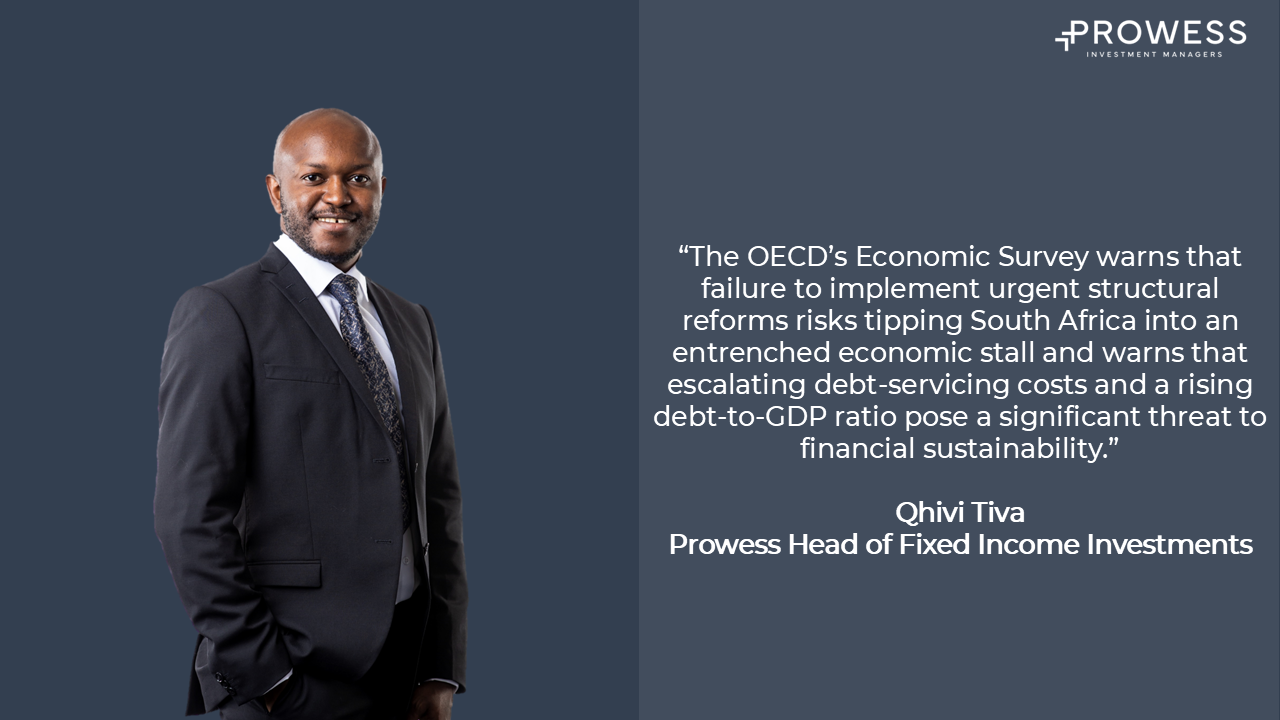Last week, U.S. Federal Reserve policymakers continued to adopt a cautious stance on interest rates amid mixed employment data and tariff concerns. In South Africa, the Reserve Bank’s proposal to lower the inflation target could save billions in debt costs.
International Market Developments
Federal Reserve officials continue to advocate for a prudent approach to monetary policy. Atlanta Fed President Raphael Bostic emphasised the importance of awaiting further progress on inflation before considering interest rate reductions. Fed Governor Lisa Cook cautioned that tariffs could drive inflationary pressures and negatively impact employment, underscoring the priority of maintaining price stability. Governor Christopher Waller indicated that rate reductions could be considered later in 2025, provided inflation expectations remain anchored. The Federal Open Market Committee is expected to maintain current interest rates at its meeting on June 17-18, 2025.
U.S. employment data showed mixed signals. May’s non-farm payrolls rose by 139,000, exceeding expectations of 126,000, led by leisure, hospitality, trade, and transportation sectors. However, April’s payrolls were revised down to 147,000 from 177,000. The unemployment rate held at 4.2%, but labour force participation fell to 62.4% from 62.6%. Initial jobless claims increased to 247,000 for the week ending May 31, up from 239,000, reflecting uncertainty.
In China, the Caixin manufacturing PMI fell to 48.3 in May from 50.4 in April, signalling contraction despite eased U.S. trade tensions.
Local Market Developments
The South African Reserve Bank (SARB) has strongly advocated lowering the inflation target to 3%, estimating R870 billion in debt-servicing savings over a decade. Governor Lesetja Kganyago argued the current 3%-6% range is outdated compared to emerging market peers. A 3% target, paired with short-term and inflation-linked borrowing, could reduce interest payments relative to revenue and GDP. Finance Minister Enoch Godongwana awaits a report on the inflation-targeting framework before deciding. Ongoing SARB-National Treasury discussions suggest potential policy shifts, impacting fiscal sustainability and market confidence.
The OECD’s latest Economic Survey warns that failure to implement urgent structural reforms risks tipping South Africa into an entrenched economic stall. South Africa faces a looming fiscal crisis due to escalating debt-servicing costs, projected to reach 5.2% of GDP (R426.3 billion) in 2025, up from under 3% a decade ago. The OECD highlights that persistent budget deficits and a rising debt-to-GDP ratio (from 31.5% in 2010 to 77% in 2025) threaten financial sustainability. This is driven by stagnant economic growth since 2010, collapsing state-owned enterprises (SOEs), corruption, and policy uncertainty. High debt-servicing costs are crowding out social spending and public investment, hampering growth and service delivery. To address this, the OECD recommends fiscal consolidation, SOE reforms, revenue enhancement and painful measures such as increased taxation.


